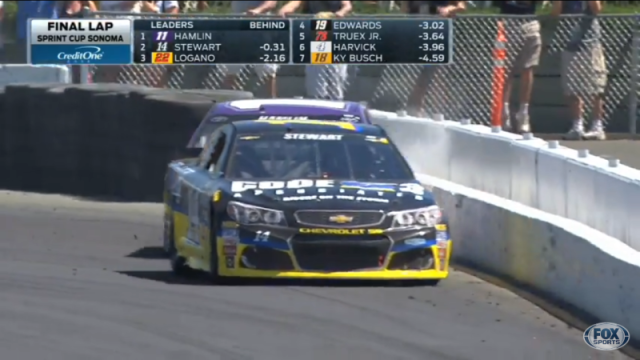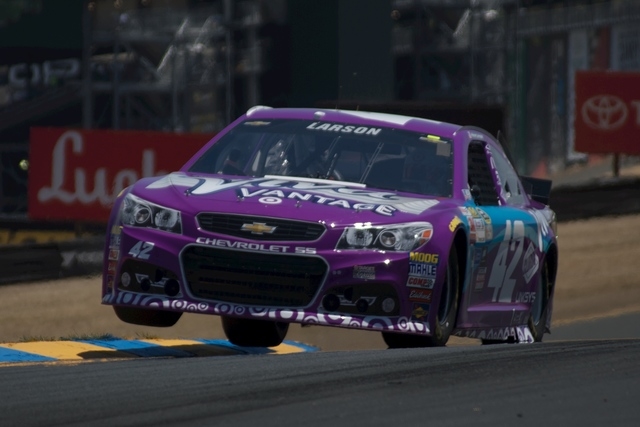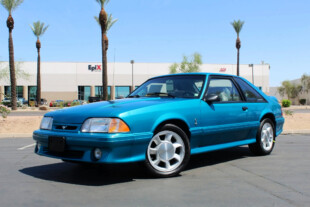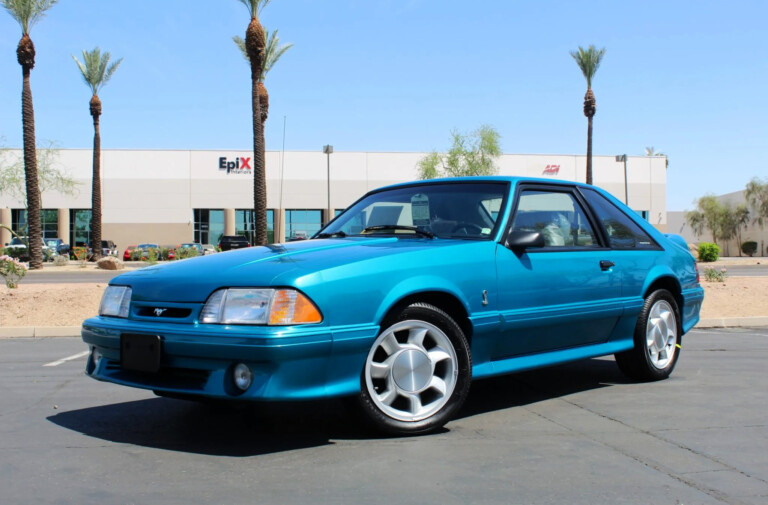There’s a spectacle that the governing body of NASCAR doesn’t give the fans often enough: road course races. Without much downforce, lots of torque and not a ton of tire, driving a NASCAR on the limit through corners that turn both left and right is one almighty challenge. Imagine trying to wrestle an 800-horsepower, front-engined car weighing in somewhere around 3,300 pounds, and a bull or a bronco has to leap before the mind’s eye. Not only is this effort observable, but the lack of aerodynamic reliance means the cars run closely together. Say what you will about stock cars or oval racing, but undoubtedly, there’s always a good show put on when NASCAR decides to turn right.
One thing that’s obvious about strapping into a stock car, especially after coming from single-seaters, is that the limit is quite low. Therefore, the car has to be treated with a finesse and an appreciation of that lowered limit by braking earlier, matching revs smoothly, applying the throttle gently and so on. Unlike some thoroughbreds which encourage and test the driver’s physical and mental limits, stock cars require a gentle touch and a constant cognizance of the limits. Juan Pablo Montoya, who has had success in NASCAR, Indycar, and Formula One, says “with the [Winston] Cup Car, the limiting factor is the car. You’ve gotta learn how to drive fast without driving it hard.”
That massive motor is capable of spinning the tires in any gear, so respect needs to be given to some of the inputs, but conversely, the cars are quite heavy and relatively softly-sprung. Therefore, they should be thrown at the corners, slid sideways, and hopped over the curbs to help those hefty haunches rotate. Their build allows for a ton of abuse. As Max Papis says, “there is very much of a finesse, but also a kind of brutality in driving the car.”
Papis advocates a smooth release of the clutch when downshifting through gears in a heavy braking zone, and for good reason. With all that torque available from the engine, there’s plenty of engine braking to be had. What that means is that locking rears and wheel-hop is probable under braking, and when managing all that weight with small brakes and tires makes deceleration enough of a challenge, a race can be won or lost with a harsh downshift or two.
Interestingly, this was the deciding factor last weekend at Sonoma. Denny Hamlin and Tony Stewart were engaged in a close battle on the last few laps, and a bit of last-minute nerves seemed to get the better of both contenders. As the onboard footage from Hamlin’s car demonstrates, he begins wheel-hopping at 0:22, and clearly, he wasn’t going to make the corner. Stewart defended his position, but it appears that he entering hot as well. A minor nudge saw Hamlin into the lead, but cleverly and patiently, Stewart bided his time to strike.
In the challenging turn 11, Hamlin’s over-exuberance, overheated tires and last-corner nervousness prompted another bout of wheel-hop, allowing Stewart to nip inside. Returning the gesture from only a few corners earlier, Stewart triumphantly and boldly shoved Hamlin aside and sprinted away to the checkered flag. As voiced earlier by Max Papis and A.J. Allmendinger, the ability to brake without locking the rear wheels important, and rather conveniently, that dramatic finish last weekend at Sonoma illustrated just that.

Embarrassingly, Hamlin was nudged into the wall after wheel-hopping and opening the door for Stewart.






















